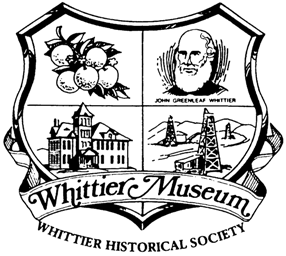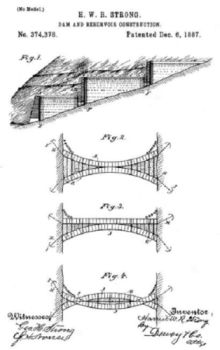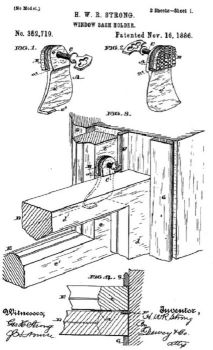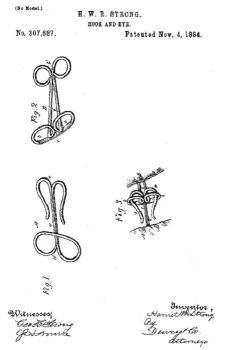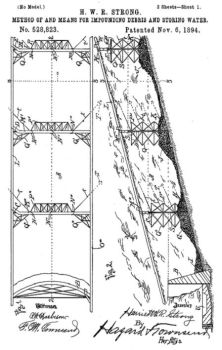Harriet Russell Strong
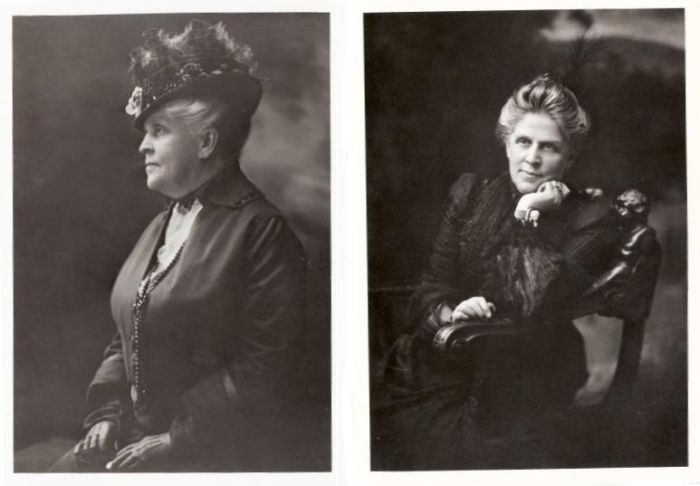
Harriet Russell Strong is an important figure in Whittier history. Not only has she been labeled “The Walnut Queen,” and “The Pampas Woman,” but she is also well known for her five patents, which include a design for a water irrigation system.
Harriet Strong was born in Buffalo, New York, on July 23, 1844. In 1852, her father moved her family west to California. In 1861, Harriet’s family moved once again to Carson City, Nevada, where she met her future husband.
At the age of nineteen, Harriet married Charles Lyman Strong, a man who had not only made a fortune in banking and publishing, but also mining. Supervising seven mines had taken its toll on Charles’ health and in an effort to slow down, he moved Harriet and their first two daughters to the San Gabriel Valley in California.
In what is now Whittier, Charles and Harriet purchased 325 acres from Pio Pico, the last Mexican governor. After building their house, the Strongs named their new residence, “Rancho del Fuerte,” which translates to “Ranch of the Strong”. Charles soon became bored with living and working on the ranch and began looking for another chance to strike it rich in the mining business.
Regrettably, Charles failed to find what he was looking for and instead found himself in debt. Without telling his wife, Charles borrowed against Rancho del Fuerte, increasing their debt. In 1883 after a number of disappointing business ventures, Charles took his own life.
Upon his death, Harriet was left to care for their four daughters alone, with a mountain of debt. For the following ten years Harriet had to fight to keep control of the ranch from business partners while at the same time trying to raise her four girls. In order to deal with all of the legal fees and debts left by Charles, Harriet needed to find a means of earning money.
In search of a stable crop, Harriet came upon walnuts. Walnuts require constant moisture in order to thrive, so Harriet designed an irrigation system for her walnut grove. Also, in order to maintain a steady flow of capital to run Rancho del Fuerte while waiting for the walnuts to mature, Harriet began planting pampas grass. It was used mainly as a decorative item that could be seen on women’s hats, as well as in department store entry ways, and even as the Republican National Committee’s national emblem in 1892.
Eventually, Harriet was able to pay off her husband’s debts and support herself and her daughters. Once that was taken care of, Harriet continued to push forward with her ideas for water irrigation and eventually became an advocate for water conservation. In 1917 she went before Congress and presented a plan that she had designed to dam the Colorado River.
Harriet was also a member of numerous clubs and was an advocator of women’s rights. In fact, for the last 17 years of her life, Harriet traveled to numerous places speaking on behalf of women’s education and the push to get women more economically secure.
Harriet was also instrumental in saving Pio Pico Mansion . She implemented a plan to restore the mansion to its original glory in May 1915, and she successfully facilitated the protection of Mansion and its surrounding grounds as a museum.
Harriet Russell Strong accomplished a number of amazing things throughout her life. Not only did she raise four daughters on her own, but she also managed to maintain a ranch, patent five different inventions, and help advocate both water conservation and women’s rights. Sadly, on a trip back to her ranch in September of 1926, Harriet Russell Strong was involved in a fatal car accident.
